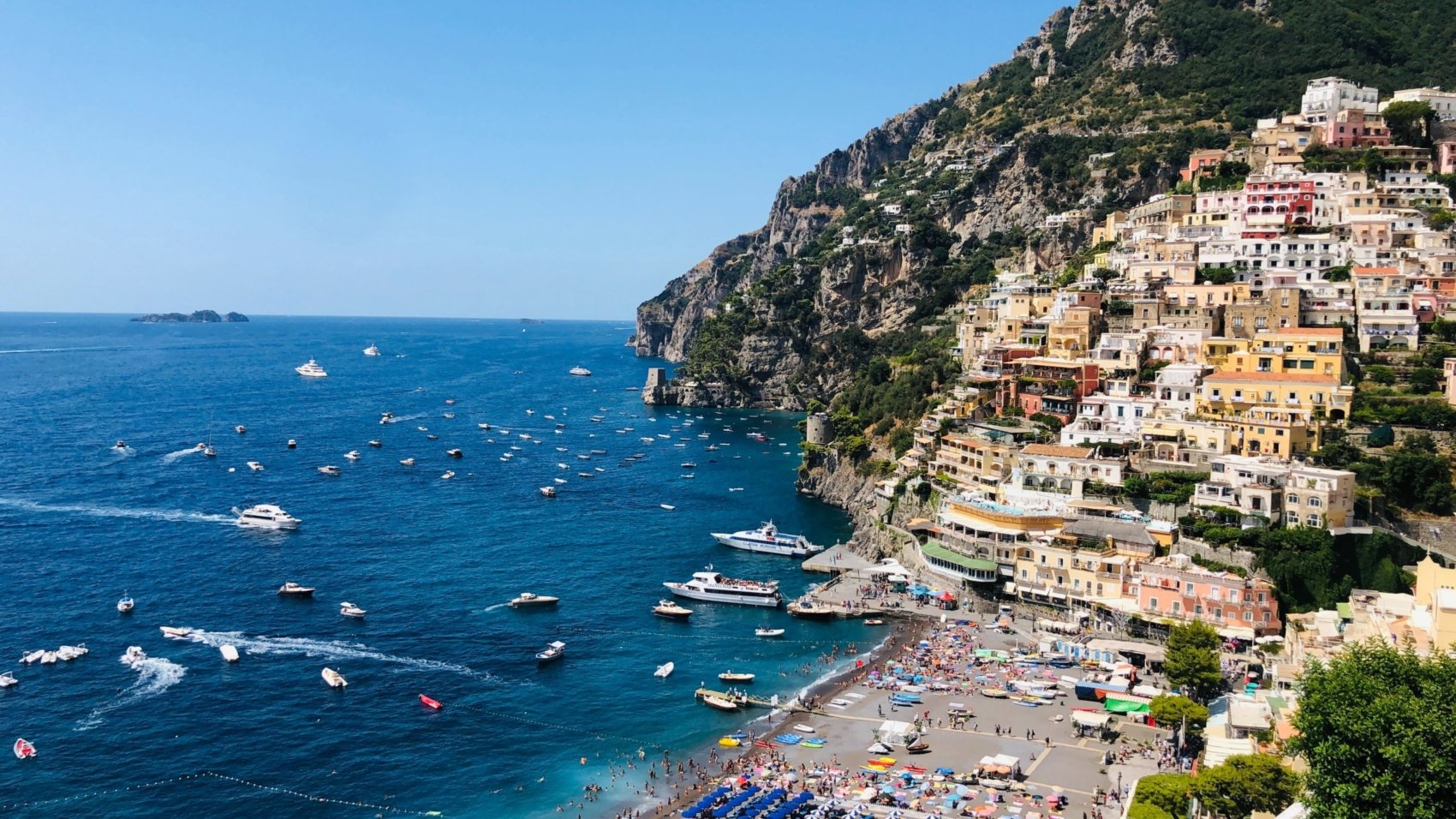Are you looking into becoming a yacht crew member, but you don’t know what training you need? The Superyacht industry is an exciting choice of employment, so choosing quality training courses is important and often a necessity on board. Understanding how different yachting qualifications are required depending on your desired vessel position can become daunting. Well, CrewPass has put together a useful list of training courses that could help you get one step closer to your dream job.
Firstly, all crew who wants to work in yachting MUST have STCW Basic Safety Training. This training qualification is split into five modules: personal survival, firefighting, first aid and CPR, personal safety and social responsibility, and proficiency in security awareness which in total takes five days to complete. A seafarer medical certificate such as the ENG1 is also mandatory for anyone hoping to get a job on a yacht. The ENG1 certificate is granted by the British Maritime and Coastguard Agency, which proves that you have met their health and fitness requirement to work onboard. Not all doctors can be awarded the ENG1 certificate, but if you live in the UK, you can find your local one here:
https://www.gov.uk/government/publications/mca-approved-doctors-uk-based
Specific yacht training courses can help your career, and this will vary depending on the vessel’s department. Different departments include working on the deck, within the yacht’s interior, or in the engineering team.
Deck crew:
Deck crew jobs are competitive, so many people within the role diversify by taking extra training courses to stand out from others. Skills like being able to drive a tender, operate a Jet Ski, fly a drone, underwater photography or being able to drive are just a few examples that can make you a more valuable candidate. Some additional yacht training courses to consider include:
(The following courses require no prior experience)
- The RYA Powerboat Level 2
- The RYA Competent Crew
- PWC Personal Watercraft Proficiency
- General GRP and Carpentry Repairs
- VHF Radio
(You will need some experience to complete the following courses)
- The RYA Tender Operator – You will need to complete The RYA Powerboat Level 2 prior to this course.
- The RYA Yachtmaster Certificate
- Scuba-diving certificates
Other skills such as flying a drone, photography or having a clean driving licence should be mentioned within your CV.
Engineers:
Engineers on yachts must complete the Approved Engine Course 1, or the AEC too. This five-day course teaches you theoretical knowledge and offers a hands-on approach to diesel engines. Once completed the course, engineers can then move on to the Approved Engine Course 2. This course builds on the previous course and offers a more practical experience. If you want a more advanced training course, you can do the MCA Engineering Officer of the Watch.
Stewards/Stewardesses:
Stewards/Stewardesses can undertake further yacht training suggested by their Head of Department or even their Captain. The GUEST program is a training course that teaches all-round hospitality training. The WSET (Wine & Spirit Education Trust) course is globally recognised and can benefit superyachts. Some interior crews are trained beauty therapists, or hairdressers making them versatile candidates for luxury yachts. Some additional yacht training courses to consider include:
- Superyacht Interior Certificate
- CIEH Food Safety Level 2
- Online MCA Proficiency in Designated Security Duties (PDSD)
- RYA Powerboat Level 2
- RYA VHF Radio
Chefs:
Finally, crew chefs often have an array of culinary experience and qualifications before working on yachts. Many have worked their way up to crew chef! However, the MCA Ship’s Cook Certificate provides chefs with the basic skills and knowledge and offers key health and safety training.
Did you enjoy this blog? If so, please give us a like and keep up to date with CrewPass by signing up for our newsletters!



